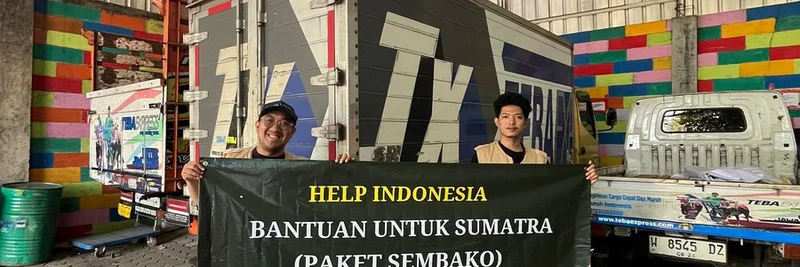Hey there, crypto enthusiasts! If you’ve been keeping an eye on the latest buzz on X, you might have stumbled across an intriguing post by Nick White (@nickwh8te) on June 30, 2025. This post dives into why big institutions are leaning toward building rollups rather than jumping on existing Layer 1 (L1) blockchains like Solana or creating their own L1s. Let’s break it down in a way that’s easy to digest, especially with the recent news of Robinhood going onchain with Arbitrum—a move that’s shaking up the crypto world!
What Are Rollups, and Why the Hype?
First things first: if you’re new to this, a rollup is like a super-efficient sidekick for blockchains. It processes transactions off-chain and then bundles them into batches to send to the main blockchain (like Ethereum). This trick reduces congestion, cuts costs, and boosts transaction speeds—perfect for handling the wild growth of decentralized finance (DeFi) and traditional finance (TradFi) mashups. Nick White’s post highlights three key reasons institutions are all about rollups:
- Dedicated Blockspace for High TPS & Low Fees: Rollups give institutions their own space to handle tons of transactions per second (TPS) without clogging up the main network. Think of it as having your own fast lane on a busy highway—fewer fees and quicker rides!
- Vertical Integration for Better Features & UX: By building their own rollups, companies can customize the infrastructure. This means smoother user experiences (UX) and new features tailored to their needs, like Robinhood’s tokenized stocks on Arbitrum.
- Outsourcing Security & Overhead: Instead of worrying about the heavy lifting of consensus (agreement on transactions) and data availability (DA), rollups let institutions lean on established Layer 1s. It’s like hiring a top-notch security team while you focus on your business!
Nick calls this shift to modular architecture “inevitable,” and with Robinhood launching over 200 tokenized stocks on Arbitrum One for EU users, it’s hard to argue otherwise.
Rollups vs. L1s: The Big Debate
So, why not just use an L1 like Solana, known for its lightning-fast speeds, or build a new L1 from scratch? Well, L1s are the main event—they handle everything: execution, consensus, and data storage. But as transaction volumes soar, they can get pricey and less decentralized. Rollups, on the other hand, are part of a modular approach, splitting these tasks. For example, Optimistic Rollups assume transactions are valid unless proven wrong, while ZK-Rollups use zero-knowledge proofs for security. This modularity lets institutions scale without reinventing the wheel.
Building a new L1? That’s a massive undertaking—think years of development, security risks, and competition with giants like Ethereum or Solana. Rollups, especially with tools like Arbitrum’s Orbit stack, offer a quicker, safer shortcut.
Robinhood’s Move: A Game-Changer?
The Arbitrum thread announcing Robinhood’s onchain debut ties perfectly into Nick’s point. Starting July 1, 2025 (that’s today!), Robinhood is rolling out tokenized stocks on Arbitrum One, with plans for its own Layer 2 blockchain. This bridges DeFi and TradFi, bringing millions of new users into crypto. Imagine buying a piece of Apple stock as a token in your Robinhood app—backed by blockchain magic! It’s a 0-to-1 moment, as Arbitrum puts it, and it showcases how rollups can handle real-world use cases at scale.
What This Means for Meme Tokens and Beyond
At Meme Insider, we’re all about tracking trends that shape the crypto landscape, including meme tokens. While this news focuses on institutional plays, it could spill over into the meme token space. Lower fees and better infrastructure might inspire meme token projects to build on rollups, making them more accessible to retail investors. Plus, with Robinhood’s user base diving into crypto, we might see a surge in meme token hype—think Dogecoin 2.0 on Arbitrum!
The Takeaway
Nick White’s insight into why institutions are betting on rollups over L1s is spot-on, especially with real-world examples like Robinhood’s Arbitrum integration. This modular revolution promises high TPS, low costs, and tailored solutions—perfect for bridging TradFi and DeFi. As we move into 2025, keep an eye on how this trend evolves, especially for meme token enthusiasts looking to ride the next wave.
What do you think—will rollups dominate the future, or will L1s fight back? Drop your thoughts in the comments, and stay tuned to Meme Insider for more crypto updates!



